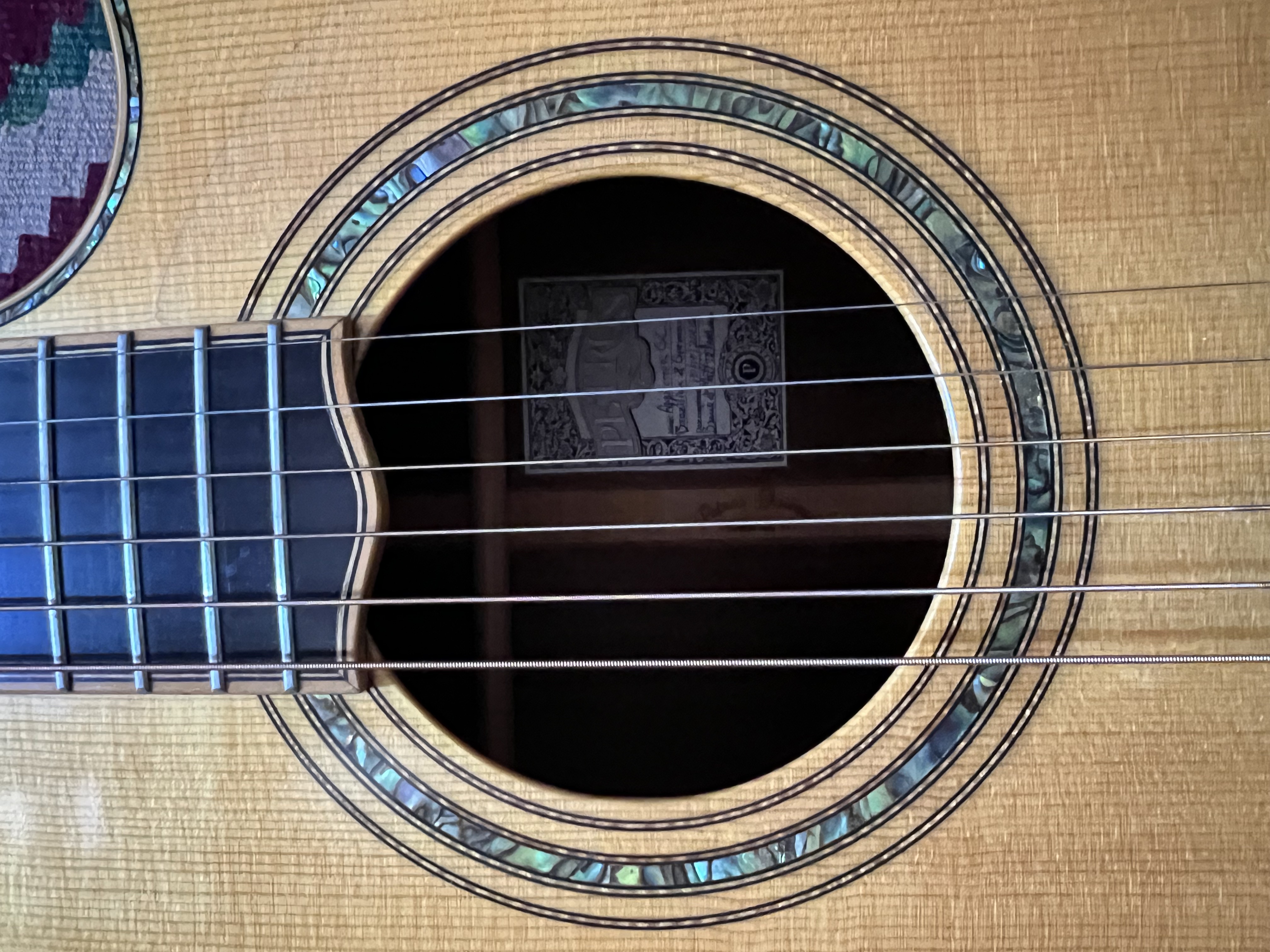
3 minute read
Who is the best musician?
Who is the best musician?
Charles W. Dithrich, PhD
During my twenties I practiced t’ai chi in San Francisco, and gravitated to a teacher named Bob. Bob studied under some of the great t’ai chi masters including Jen Man Ching, and was in my opinion brilliant and highly accomplished. He embodied emptiness in his form, and his push hands was soft as wind and, when you resisted, could become like iron revealing where you did not want to yield and flow. He did not hold the “secrets” of t’ai chi as precious, only to be partially revealed to his “best” students. Rather, his response to any question was to patiently and clearly explain and illustrate through action.
Bob was an accomplished percussionist. As a friend and mentor, his door became open to me dropping by for an occasional visit in his small home perched on the north edge of Bernal Heights. As a self taught guitarist who loved to play with others, and an overall lover and explorer of music, I was eager to talk with Bob about music.
One morning as we sat in his small living room talking about music while drinking home brewed espresso and sharing Hawaiian sinsemilla, Bob asked me who I thought was the best musician. I said I really liked Robert Johnson, Jimi Hendrix, and John Coltrane for starters. Bob replied, no, not an individual musician. What makes for the best musician. I paused named skill experience, and creativity. Before I could go on, Bob said he didn’t think it was any of these. In his opinion, the best musician was one who played in a way that made any other musician he was playing with sound as good as they could be.
Bob was not talking about skill or proficiency per se, but how we fundamentally connect with one another. As a musician, this idea has over the years shaped how I interact with other players and singers, and as a psychoanalyst how I connect with my clients. In both instances what is first necessary is simply to listen, to listen with openness and without preconception, to sense and feel tempo, pacing, rhythm, pattern, and tone. While these are fundamental to making music with another, they are in psychoanalysis and psychotherapy the earliest modes of contact we have with our early environment - the back and forth of baby and caretaker’s voice.
This musical aspect of language and communication never leaves the psychotherapeutic context, as client and therapist use language to create an accurate narrative of the client’s history and ongoing life. During this extended creative exploration I continue to listen to the music of the client, not for making the client sound “good” but to afffirm and harmonize with all that is in alignment with the client’s essence. When this is missing, or interrupted, I move towards noting the absence, exploring the loss of connection to essence, and work towards repair or reestablishment.
It’s not really about making the client sound “good”. It’s about locating what is true and essential about a given person’s way of being in the world, and to support their ongoing access to this and letting go of masks, falseness, and inauthenticity. In time the client becomes more and more able to take over my observing function, and to accomplish this on their own.

